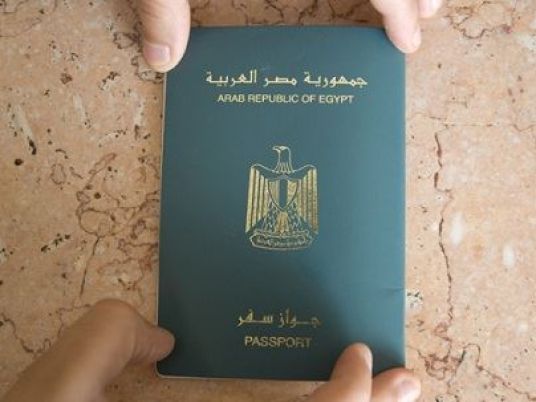Battered by winds, the Moroccan city of Essaouira–situated halfway between Casablanca and Agadir–proudly overlooks furious Atlantic waves breaking and foaming at its rocky feet.
Within its white and blue walled perimeter, the city is hard to navigate as it consists of hundreds of narrow and winding paved streets, seemingly designed to confuse adventurous pedestrians who dare to leave well-trodden thoroughfares for alleyways unknown. Blue shutters create beautiful contrasts with white lime covered buildings that visually merge to form a cohesive whole.
During the off seasons, the city’s winding labyrinth of streets lead to gardens shielded by discrete doors or refined riads, traditional Moroccan houses organized around square patios that feature a center fountain. Freshly washed clothes drip from nearby balconies as small artist or artisan workshops appear on street corners.
Improvised football games occasionally interrupt the city’s tranquility and perennial winds infuse the city’s air with brisk coolness, justifying the inland inhabitants' migration to Essaouira during the hottest months of the year.
Any aimless wandering will likely take you to a stone staircase that then leads to ramparts where old canons overlook the fuming ocean currents, continuing to stand a century into their military obsolescence.
Originally, the enclosed city of Essaouira, called “La Sqala,” was an island before evolving into a peninsula. The creation of a forest managed to contain the restless dunes and prevent nature from devouring the city.
The beach is a wide strip of yellow sand that has no beginning and no end, touched by foamy waves and invaded by seagull flocks that imprint the sand with webbed footprints.
The nearby harbor hosts vibrant and teeming activity. Colored trawlers constantly venture to the sea while others return to port with heavy loads of plastic-crate-enclosed fish atop broken cakes of ice. Some of the fresh fish will be immediately purchased on the dock while other crates will stack up in trucks for distribution and export. Giant red and white sea-spiders painfully stretch their long, furry legs while calamari stand frozen on ice beds along with octopi, sardines and shrimp. Sea food cooked on sight can be purchased for modest prices.
Essaouira is famous for its annual Gnawa World Music Festival at the end of June. Gnawa music is a mix of sub-Saharan African, Berber and Arabic religious songs and rhythms that combine music and acrobatic dancing. For the past 13 years, prominent Gnawa musicians have performed throughout the city, along with international artists such as Cheb Khaled and Cheb Mami. For four days, 300,000 visitors flood the ordinarily sedated city of 70,000 inhabitants.
Accommodation abounds from hostels to cheap hotels and extravagant resorts. The tiny village of Diabat lies about 5 kilometers from the city on the south coast road and hosts one of Essaouira’s most charming hostels. Named “Le Tangaro,” this secluded (and relatively pricey) hostel, overlooks the ocean and offers rustic yet tastefully decorated rooms, some equipped with a fireplace that can be used in the evening. Walking back along the beach to the square near the harbor, one can order a delicious fresh orange juice or steaming mint tea, to top off a rewarding day in one of the region's most fascinating cities.




